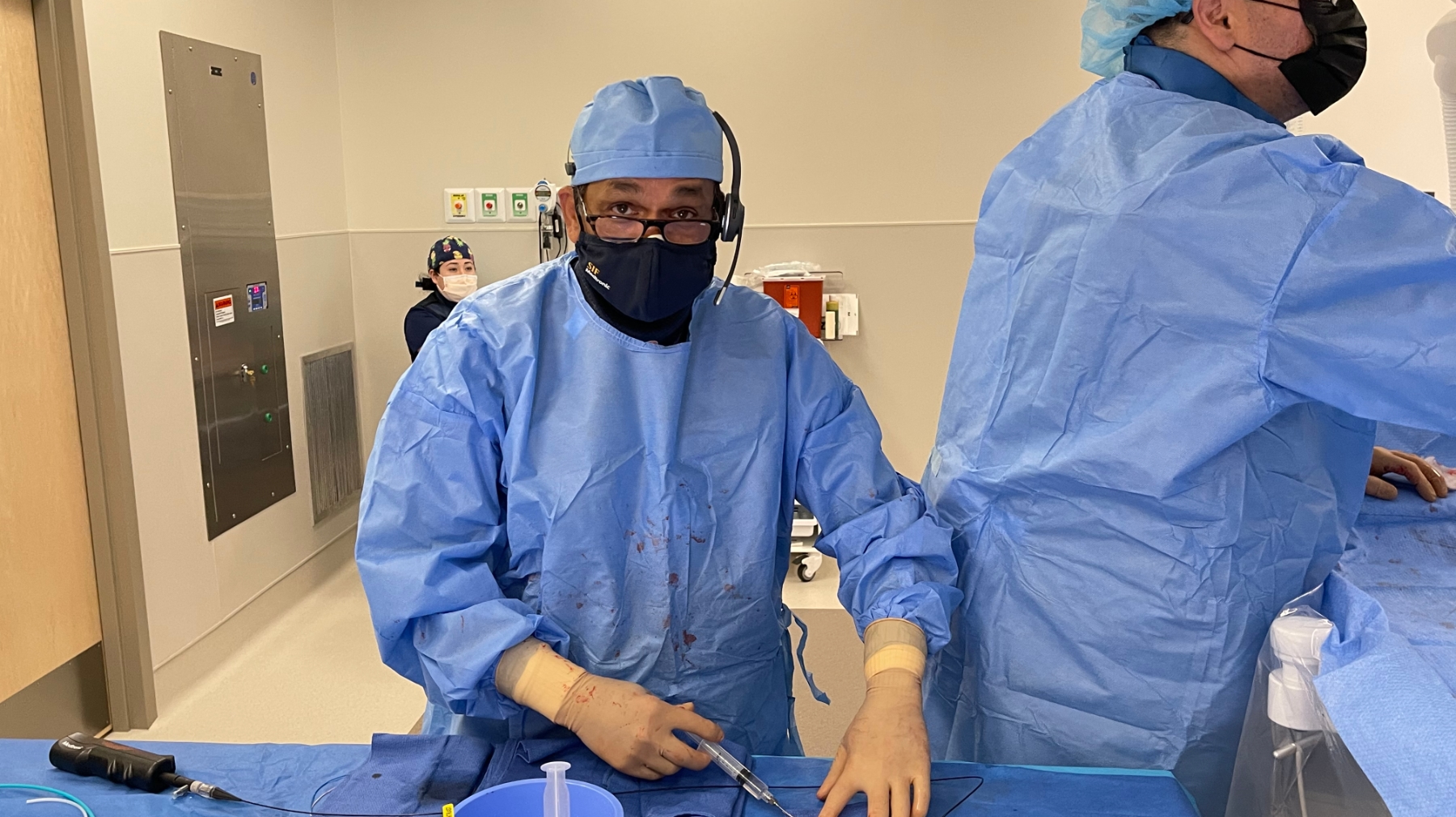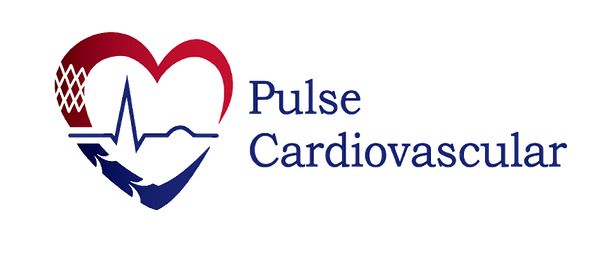Deep Vein Thrombosis (DVT)
Deep Vein Thrombosis (DVT) affects nearly 2 million men and women each year, and nearly 300,000 people will die from DVT annually. It is a life-threatening condition that arises when a vein deep in the body is obstructed by a blood clot. DVT is ordinarily found in the leg, usually in the calf muscle, but can appear anywhere in the body.Complications from DVT can be fatal and the condition should be taken seriously.
Types of DVT
Acute Deep Vein Thrombosis:
A blood clot can form spontaneously. When a blood clot forms and has been around for 14 days or less, then it is called acute DVT. This carries the risk of migrating to the lungs (pulmonary embolism), so the mainstay of treatment is anticoagulation (blood thinners). In some cases where acute DVT occurs in the major veins (iliac veins, vena cava) a treatment called catheter-directed thrombolysis (clot busters) may be used to reopen them and re-establish blood flow.

Chronic Deep Vein Thrombosis:
In the chronic phase causes obstruction of flow from the legs to the heart-this can result in post-thrombotic syndrome. Chronically occluded deep veins causing severe post-thrombotic syndrome can be treated with modern-day recanalization techniques. Recanalization involves reestablishing a channel within the blocked vein using catheters and wires, stretching the vein with balloons (angioplasty), and placing stents to maintain the vein open.

Symptoms of DVT
Unfortunately, deep vein thrombosis can take place for months or even years with absolutely no side effects. During the acute stage, a pulmonary embolism may occur causing chest pain and maybe even death.
With that being said, most patients will begin to notice at least some minor signs that something is wrong such as leg swelling, tenderness, warmth, and redness of the legs. Many patients believe they have an infection or have sprained a muscle in their leg.
Any patients that notice unusual leg swelling or discomfort for an extended period of time should seek out immediate medical attention.
Diagnosis
Acute deep vein thrombosis carries the risk of migrating to the lungs (pulmonary embolism), so the mainstay of treatment is anticoagulation (blood thinners). In most cases blood-thinning drugs like warfarin can help the patient avoid repetitive clotting and lower the chances of developing pulmonary embolism, however they may not create a good channel for blood flow or prevent some complications.
In some cases where acute DVT occurs in the major veins (iliac veins, vena cava) a treatment called catheter-directed thrombolysis (clot busters) may be used to reopen them and re-establish blood flow.
If it is determined that the clot is superficial, then most patients will only need minor treatments such as compression stockings, warm compresses for their legs and anti-inflammatory medication.

Early Detection & Prevention
Even though pain, swelling, discoloration and abnormal warmth are signs and symptoms of deep vein thrombosis, only about half of sufferers display them. In many cases, the condition is only apparent after a blood clot has broken off and resulted in a pulmonary embolism.
Early detection and treatment is very important in order to prevent the development of serious complications as a result of deep vein thrombosis.
By the time blood clots become chronic, normally within six weeks, they are very hard to treat, even with advanced techniques. This is because they actually adhere to the vein wall and become part of it, complicating removal. Treating clots is best done in the acute stage, so early intervention is critical.
Treatment Options
Is a minimally invasive procedure performed within the artery using thin tubes called catheters. The catheters are threaded through small incisions in the groin into the vessels where a stent is deployed to increase the blood flow through the vessel.
During open aneurysm repair procedure, the weakened, bulging part of your artery is replaced with a tube-like graft passed through the vessel, which allows us to bypass the aneurysm.
